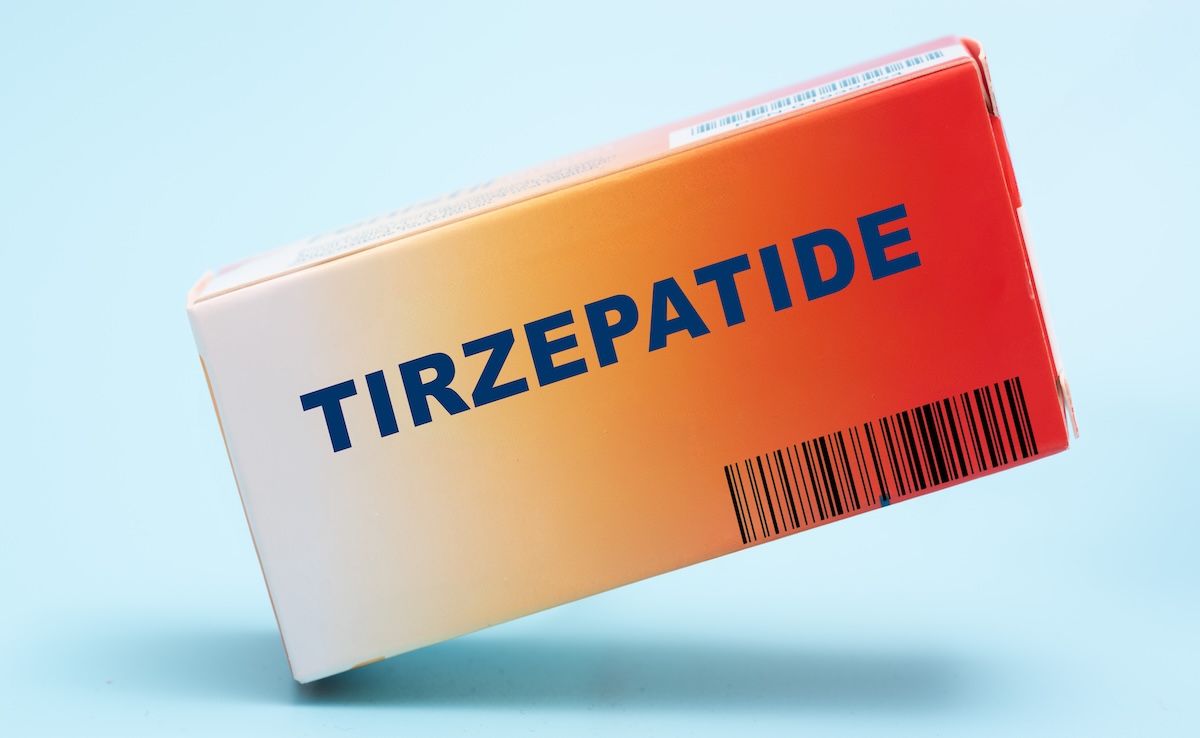Article
Analysis Outlines Global Burden of Multiple Myeloma, Access to Effective Treatments
Author(s):
A new study analyzed the burden of multiple myeloma around the world, as well as access to effective treatments. From 1990 to 2016, incident cases and deaths from the disease have grown substantially.
Over the last decade, treatments for multiple myeloma (MM) have improved substantially with the disease transforming from untreatable to treatable with mostly outpatient therapy; however, MM is still not curable, and there has been a significant increase in both deaths and incident cases.
A new study in JAMA Oncology analyzed the burden of MM around the world, by country, how the burden has changed, and how widely available treatments are. The researchers used vital registration system and cancer registry data to estimate mortality, as well as drug availability and survey data for stem cell transplant rates.
“Despite improvements in the care of patients with myeloma, these advances have largely delivered better outcomes to patients in high-income countries," the authors wrote. "In many [low- and middle-income countries], delivery of cancer care is often hindered by lack of access to general and specialized health care, diagnostics, and advanced treatments, like novel agents, radiation oncology, and stem cell transplantation, leading to poor outcomes.”
The analysis found that there were 138,509 incident cases of MM in 2016 and that the disease was responsible for 98,437 deaths globally. From 1990 to 2016 incident cases increased by 126% and deaths increased by 94%. Population growth attributed to 40.4% of the 126% increase in incident cases, while the aging world population contributed to 52.9% and increases in age-specific incidence rates contributed to 32.6%.
East Asia (China, North Korea, and Taiwan) had the largest increase in incident cases (262%). The United States had the most incident cases (24,407) and deaths (14,212), followed by China (16,537 and 10,363) and India (8904 and 8715). The populations of the countries in Australasia, North America, and Western Europe had the highest age-standardized death and incidence rates, while the regions of Asia, Oceania, and sub-Saharan Africa had the lowest age-standardized incidence of MM.
“At least some of the differences in incidence may be due to lack of diagnostic abilities in lower SDI [sociodemographic index] countries compared with high SDI countries and do not necessarily reflect differences in disease biology,” the authors wrote.
Studies have shown that while the burden of MM among Africans living in Africa is among the lowest in the world, the disease burden among African Americans living in the United States is higher than that of European Americans living in the United States.
The authors also analyzed global discrepancies regarding the availability of treatments. For instance, lenalidomide and bortezomib, which are considered standards of care, are not approved in some Aftican and Middle Eastern countries. In addition, South Africa is the only country in sub-Saharan Africa with a stem cell transplant center.
“Access to effective care is very limited in many countries of low socioeconomic development, particularly in sub-Saharan Africa,” the authors concluded. “Global health policy priorities for MM are to improve diagnostic and treatment capacity in low- and middle-income countries and to ensure affordability of effective medications for every patient.”
Among the limitations the authors acknowledged was the scarcity of data to estimate the burden of MM with registries in low- and middle-income countries missing information or covering only part of the population. In addition, the researchers could only report on drug availability because they did not have data on drug sales from the pharmaceutical companies. Beyond drug approval, the authors could not make any definitive conclusions about drug access.
Reference
Cowan AJ, Allen C, Barac A, et al. Global burden of multiple myeloma: a systematic analysis for the global burden of disease study 2016. [published online May 16, 2018]. JAMA Oncol. doi:10.1001/jamaoncol.2018.2128.





